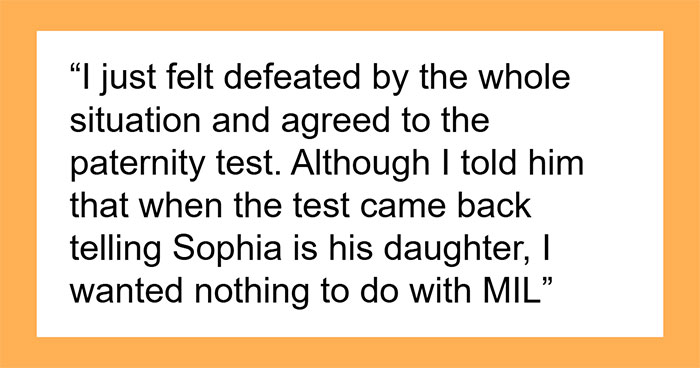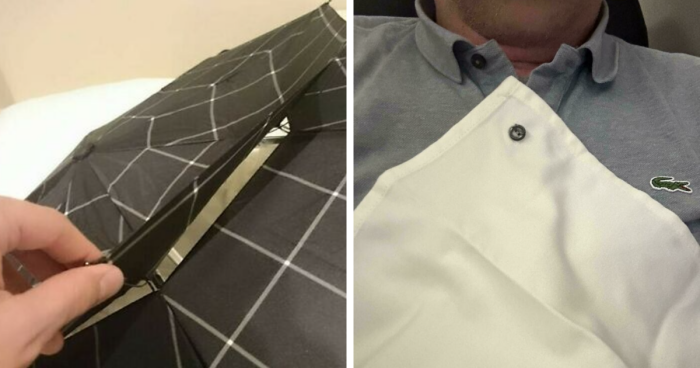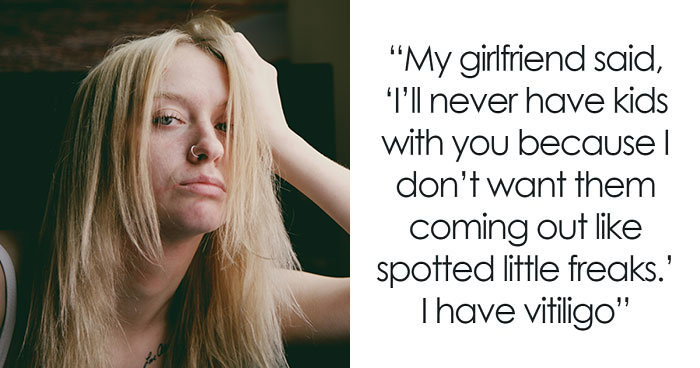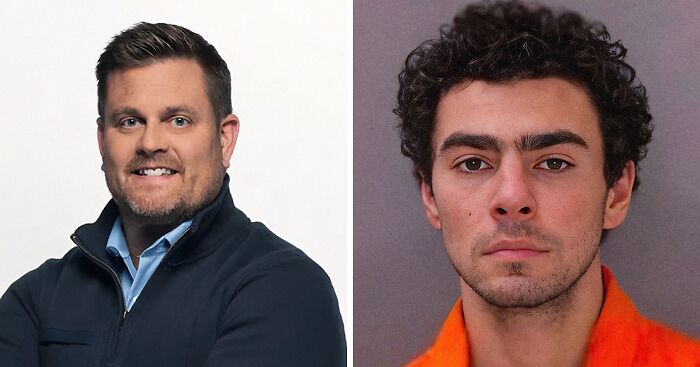Not all colorful sweets are as innocent as they appear: the ones that contain gelatin have a much darker past. You see, gelatin is a gelling agent made from animal skin and bones. Still craving gummy bears? Didn’t think so.
Belgian freelance director and journalist Alina Kneepkens made a video that documents the making of gummies. It shows the whole process from start to finish (but in reverse) without cutting the uncomfortable bits out. Sadly, those delicious candies are just a mixture of chopped animal remains, boiled chemicals and tons of sugar. The end result is sweet, but the reality of it’s production leaves a sour taste in our mouths.
More info: alinakneepkens.net (h/t: huffingtonpost)
Gummy candy looks delicious on the outside, but inside it’s not so appealing
Image credits: Luca Trovat
The truth behind gummy production is quite disturbing
Image credits: Alina Kneepkens
One of the main ingredients is gelatin
Image credits: Alina Kneepkens
It is made mostly from animal skin and bones
Image credits: Alina Kneepkens
Which means animal killings are essential for gummy candy
Image credits: Alina Kneepkens
The end result is sweet, but the reality of it’s production leaves a sour taste in our mouths
Image credits: Alina Kneepkens
Watch a short documentary by Alina Kneepkens
UPDATE: ‘Over Eten’ (What we know about Food) is a TV show focusing on our present knowledge about food, produced by the news department of Flemish public broadcaster VRT, Belgium. This ‘Gelatine’ video tells the reversed story of how gelatine candy is actually produced. Starting from wrapped candy, going all the way back to the living pig. Just by showing a series of reversed images it reveals a detailed and truthful story on daily foods and its origin. This video ‘Gelatine’ is one in a series of reversed stories on sugar, crisps, black pudding, rabbit stew, lamb burger, pastry and mozzarella. credits for ‘Gelatine’: director Alina Kneepkens, research Greet Verhaert, editor in chief Bart Mutton, director Over Eten Mario Mertens.
This propaganda piece makes it out to seem like animals are being killed solely to make gummy candies. At least they're using all parts! Also, who didn't know that candy and Jello has gelatin in it?
totally! if they weren't used it for that they would be using it for glue or just throw away...
Load More Replies...Alright PETA, we get it, everything tasty is bad for us, and will probably give us Cancer. Make some good tasting VEGAN gummies, and we have ourselves a deal!
While I share some of your concern, there are tons of really good candies without gelantine.
Load More Replies...I don't come on this site to see this, this is not artistic, amusing, amazing or what bored panda is about.
I'm a vegetarian...and love PETA ... But I Do agree with u in choosing the right forum to express oneself .
Load More Replies...This propaganda piece makes it out to seem like animals are being killed solely to make gummy candies. At least they're using all parts! Also, who didn't know that candy and Jello has gelatin in it?
totally! if they weren't used it for that they would be using it for glue or just throw away...
Load More Replies...Alright PETA, we get it, everything tasty is bad for us, and will probably give us Cancer. Make some good tasting VEGAN gummies, and we have ourselves a deal!
While I share some of your concern, there are tons of really good candies without gelantine.
Load More Replies...I don't come on this site to see this, this is not artistic, amusing, amazing or what bored panda is about.
I'm a vegetarian...and love PETA ... But I Do agree with u in choosing the right forum to express oneself .
Load More Replies...
 Dark Mode
Dark Mode 

 No fees, cancel anytime
No fees, cancel anytime 
































87
78